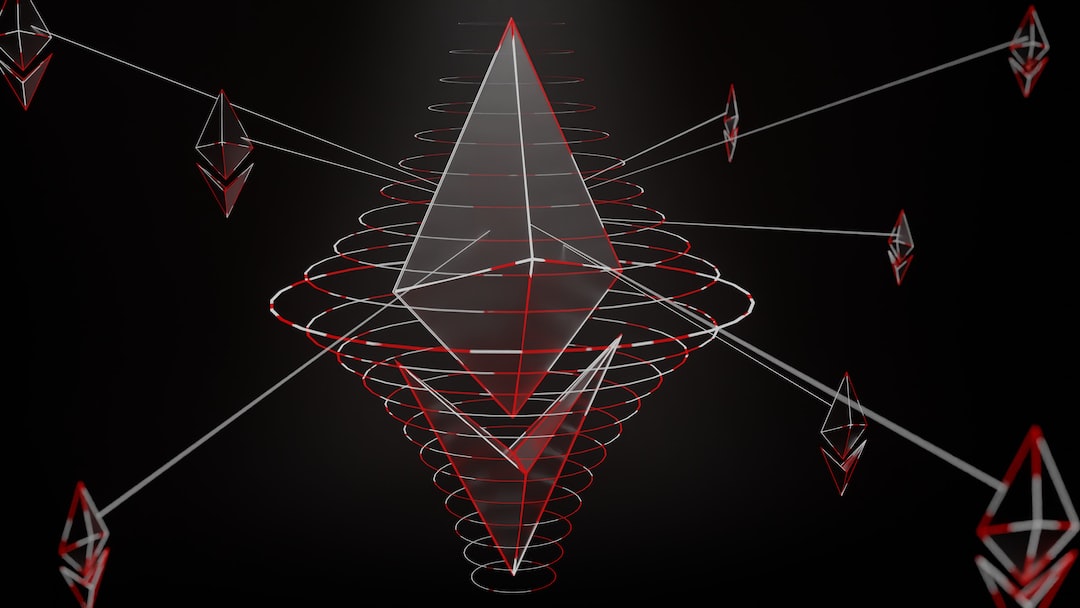Understanding the Event-driven Architecture of Node.js
Cryptocurrencies have taken the financial world by storm, providing a decentralized and secure means of transactions. Behind the scenes, the technology that powers cryptocurrencies is multifaceted. One key component is the event-driven architecture of Node.js.
Node.js, a JavaScript runtime environment, is renowned for its efficiency in handling concurrent requests. In this article, we will explore the event-driven architecture of Node.js and understand its significance in the world of cryptocurrencies.
The Basics of Event-driven Architecture
Event-driven architecture is an approach that revolves around events, such as user interactions or system events. In this model, the software’s behavior is determined by how it reacts to these events. Instead of following a linear flow, the program listens for events and triggers corresponding actions.
In the context of Node.js, each event is associated with a specific callback function. When an event occurs, the callback function is executed, allowing the program to respond accordingly. This asynchronous nature of Node.js ensures that it can handle a massive number of requests without blocking the event loop.
Node.js and Cryptocurrency Transactions
Now, let’s delve into how Node.js and its event-driven architecture play a vital role in cryptocurrency transactions.
1. Real-time Updates: Cryptocurrency markets are highly volatile, with prices changing rapidly. Node.js, with its ability to handle asynchronous events, is ideal for providing real-time updates to users. You can easily implement a WebSocket server with Node.js, enabling instant updates on cryptocurrency prices, transactions, and market trends.
2. Scalability: As cryptocurrencies gain popularity, the number of transactions processed per second increases. Node.js excels at handling high concurrency due to its non-blocking I/O operations. With its event-driven architecture, Node.js can efficiently manage multiple transactions simultaneously, making it a reliable choice for cryptocurrency exchanges.
3. Smart Contracts: Smart contracts are self-executing contracts written on a blockchain. They automate the execution of predefined actions based on specific events. Node.js can be used to develop decentralized applications (DApps) that interact with smart contracts. By leveraging its event-driven architecture, Node.js ensures efficient communication between the DApp and the blockchain network, enabling secure and reliable execution of smart contracts.
The Advantages of Event-driven Architecture
Now that you have a better understanding of Node.js’ event-driven architecture and its role in cryptocurrency transactions, let’s explore the advantages it offers.
1. Performance: Node.js’ non-blocking I/O operations ensure high performance by efficiently handling multiple simultaneous events. This capability is particularly valuable for cryptocurrencies, where real-time data updates and rapid transaction processing are essential.
2. Scalability: Due to its event-driven nature, Node.js can easily scale vertically and horizontally. You can add more resources to handle increased user demand or distribute the load across multiple servers, ensuring uninterrupted service under heavy traffic.
3. Code Reusability: Node.js promotes code reusability through its modular design. Developers can create reusable modules for different events, reducing development time and effort. This flexibility is highly advantageous when building complex cryptocurrency systems that involve various events and interactions.
Frequently Asked Questions (FAQs)
Q: Can event-driven architecture impact the security of cryptocurrency transactions?
A: Event-driven architecture itself does not directly impact the security of cryptocurrency transactions. However, proper implementation and security measures play a crucial role in ensuring the safety of transactions and preventing unauthorized access to sensitive data.
Q: Are there any limitations to Node.js’ event-driven architecture in cryptocurrency applications?
A: While Node.js is well-suited for handling high concurrency and real-time updates, it may not be the ideal choice for computationally intensive tasks in cryptocurrency applications. In such cases, offloading these tasks to dedicated workers or utilizing other technologies might be more efficient.
Q: How can I get started with Node.js and its event-driven architecture?
A: To start using Node.js and its event-driven architecture, you can explore the official Node.js documentation and various online resources that provide tutorials and sample projects. Additionally, joining cryptocurrency-related communities and forums can provide valuable insights and guidance from experienced developers.
In conclusion, the event-driven architecture of Node.js plays a crucial role in the world of cryptocurrencies by enabling real-time updates, scalability, and efficient communication with smart contracts. Understanding this architecture empowers developers to build robust and high-performing cryptocurrency applications that meet the demands of a rapidly evolving market. So, dive into this exciting world, embrace the power of Node.js, and unleash the potential of cryptocurrencies.





 By
By
 By
By
 By
By
 By
By
 By
By
 By
By